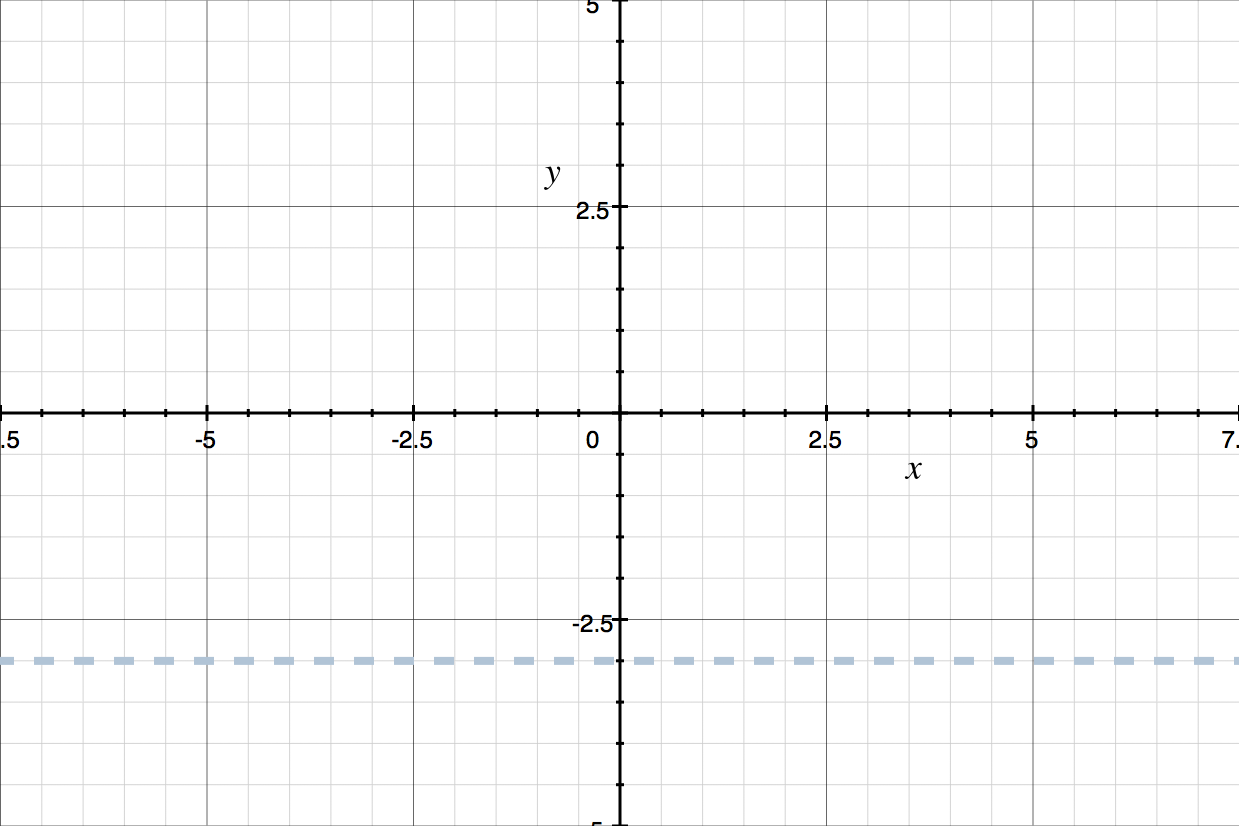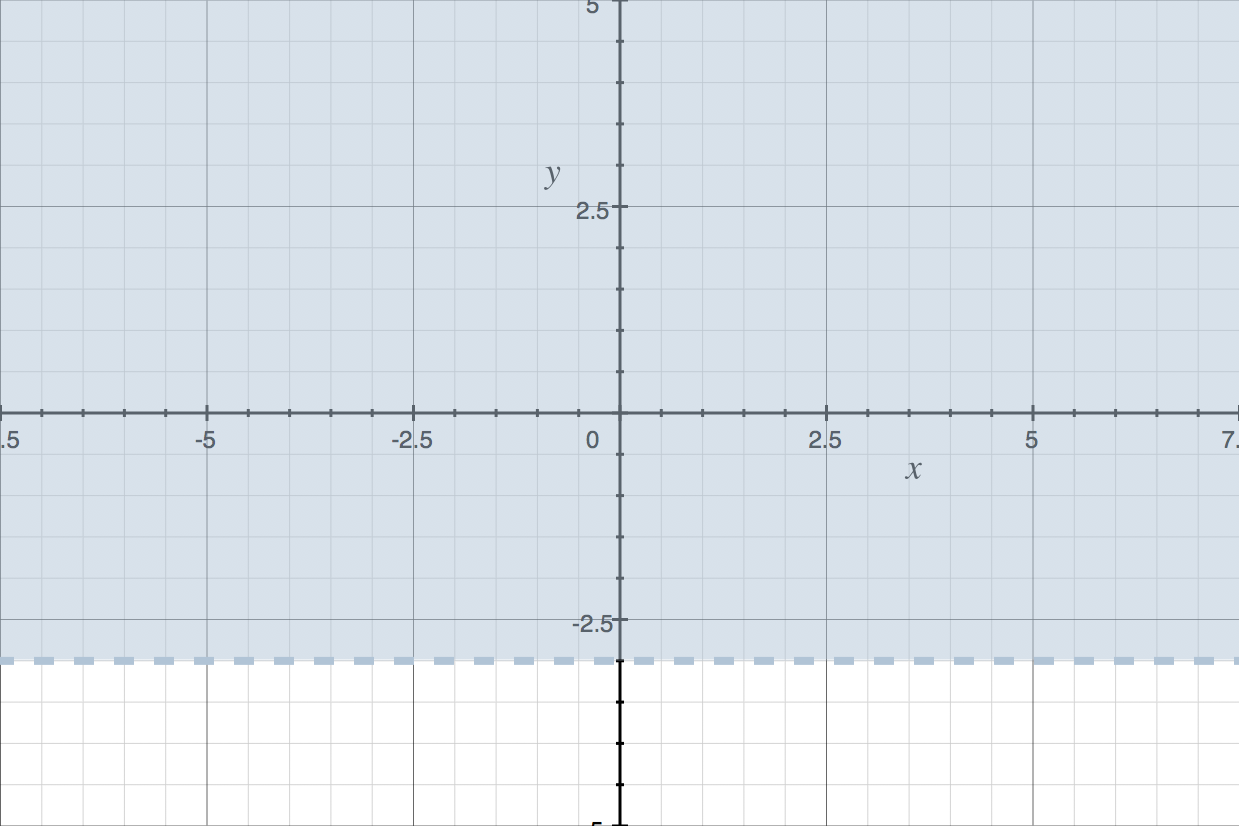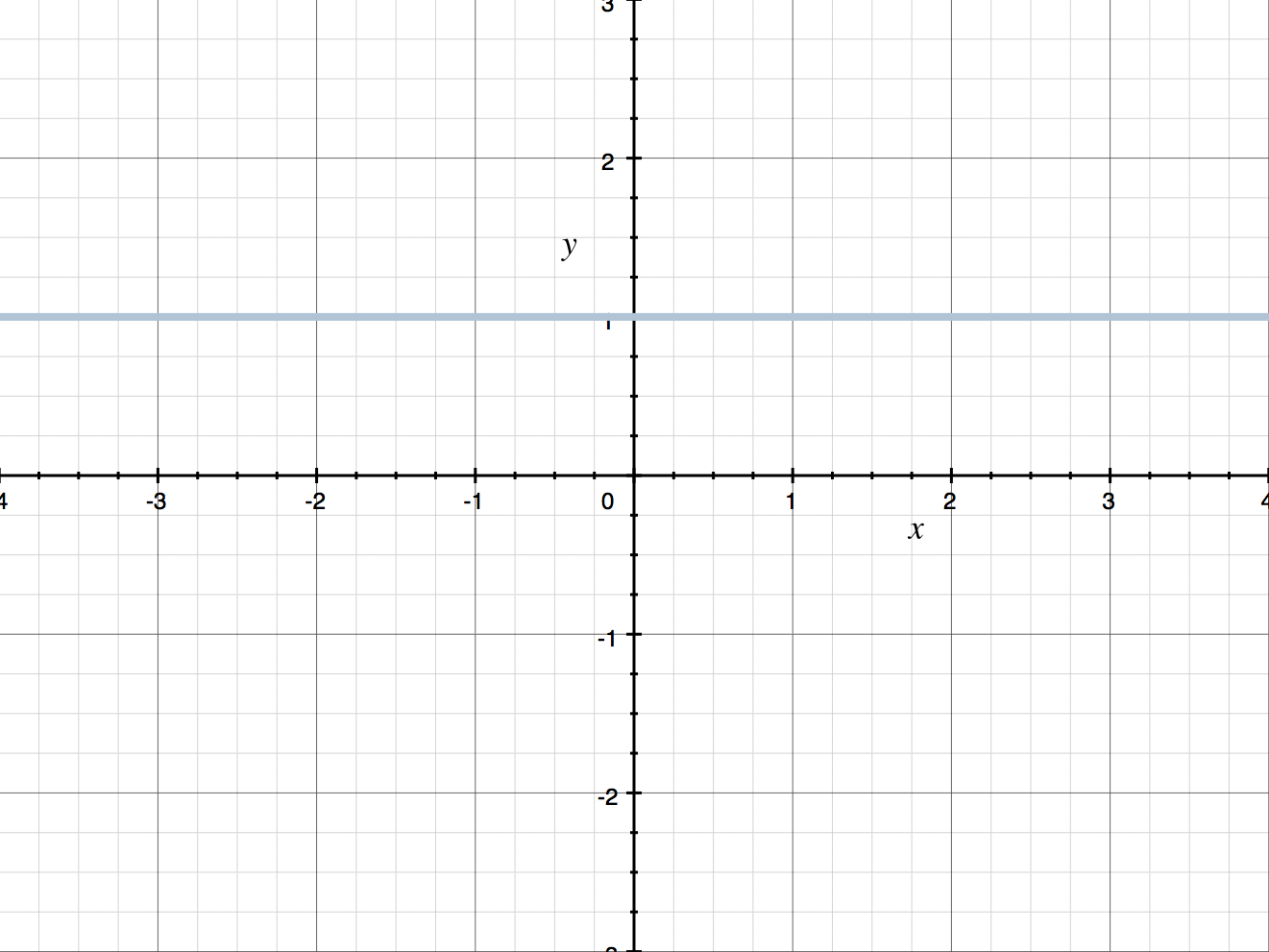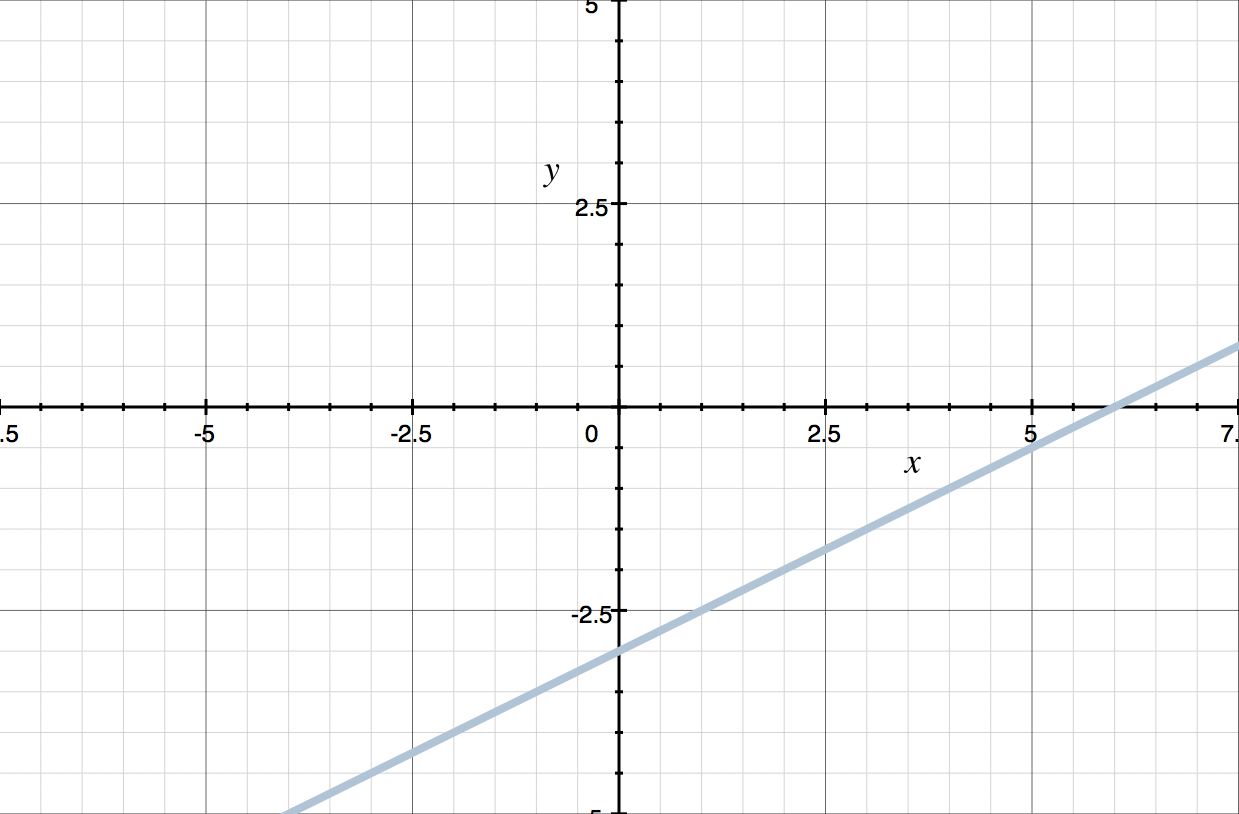How to graph linear inequalities
What defines a linear inequality?
In this lesson we’ll look at how to graph linear inequalities on a coordinate plane.
To graph a linear inequality, first graph the boundary line.
The boundary line will be dashed if the symbol is ???<??? or ???>???. The boundary line will be solid if the symbol is ???\leq??? or ???\geq???.
Hi! I'm krista.
I create online courses to help you rock your math class. Read more.
After you graph the boundary line, shade in the correct side. Shade above the line if you have a ???>??? or ???\geq??? sign. Shade below the line if you have a ???<??? or ???\leq??? sign.
How do we graph linear inequalities?
Take the course
Want to learn more about Algebra 2? I have a step-by-step course for that. :)
Graphing “greater than,” “less than or equal to,” and “greater than or equal to” inequalities
Example
Graph the inequality.
???y>-3???
Let’s begin by graphing ???y=-3??? with a dashed line since the sign is ???>???.
Now because we have the greater than symbol we need to shade above the line.
Let’s try another.
To graph a linear inequality, first graph the boundary line.
The boundary line will be dashed if the symbol is < or >.
Example
Graph the inequality.
???y \leq 1???
This time we start with a solid line at ???y=1??? because we have the ???\leq??? sign.
This time we shade below the line because we have the less than or equal to sign.
Now let’s look at some diagonal lines.
Example
Graph the inequality.
???y \geq \frac{1}{2}x-3???
Begin by graphing the line
???y=\frac{1}{2}x-3???
with a solid line because we have the ???\geq??? symbol. Graph the line by graphing the ???y???-intercept of ???-3??? at the point ???(0,-3)???. Then use the slope to count up ???1??? and over ???2??? to the right to place the next point at ???(2,-2)???. Connect the points with a solid line.
Shade above the line because you have a greater than or equal to symbol.












